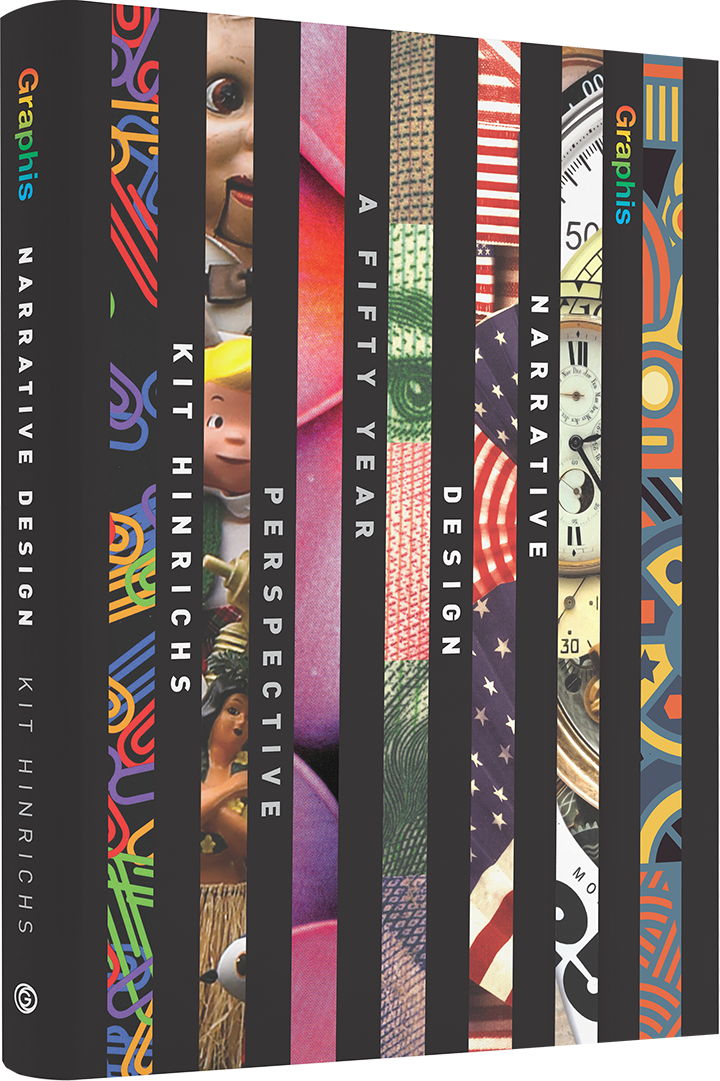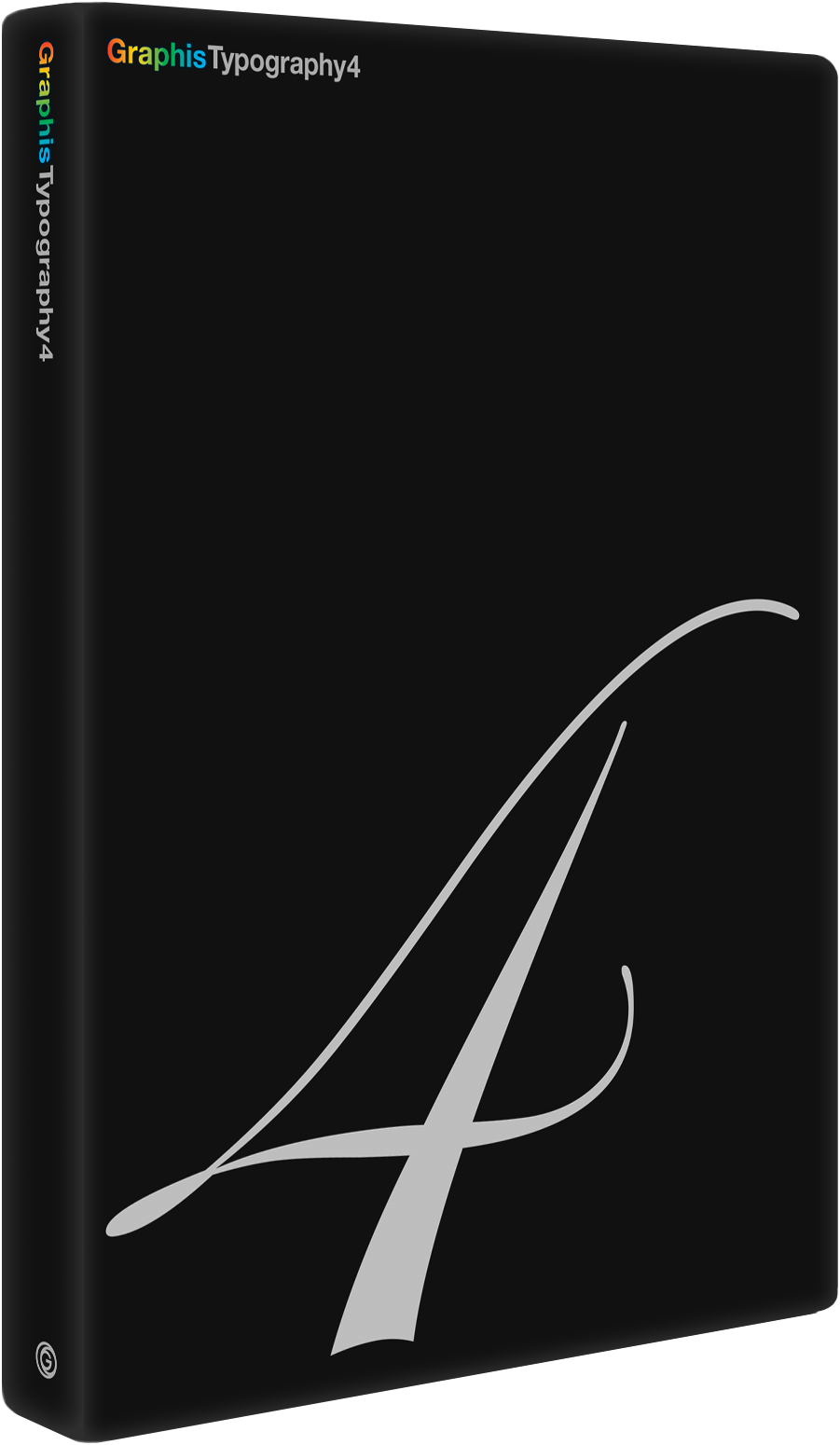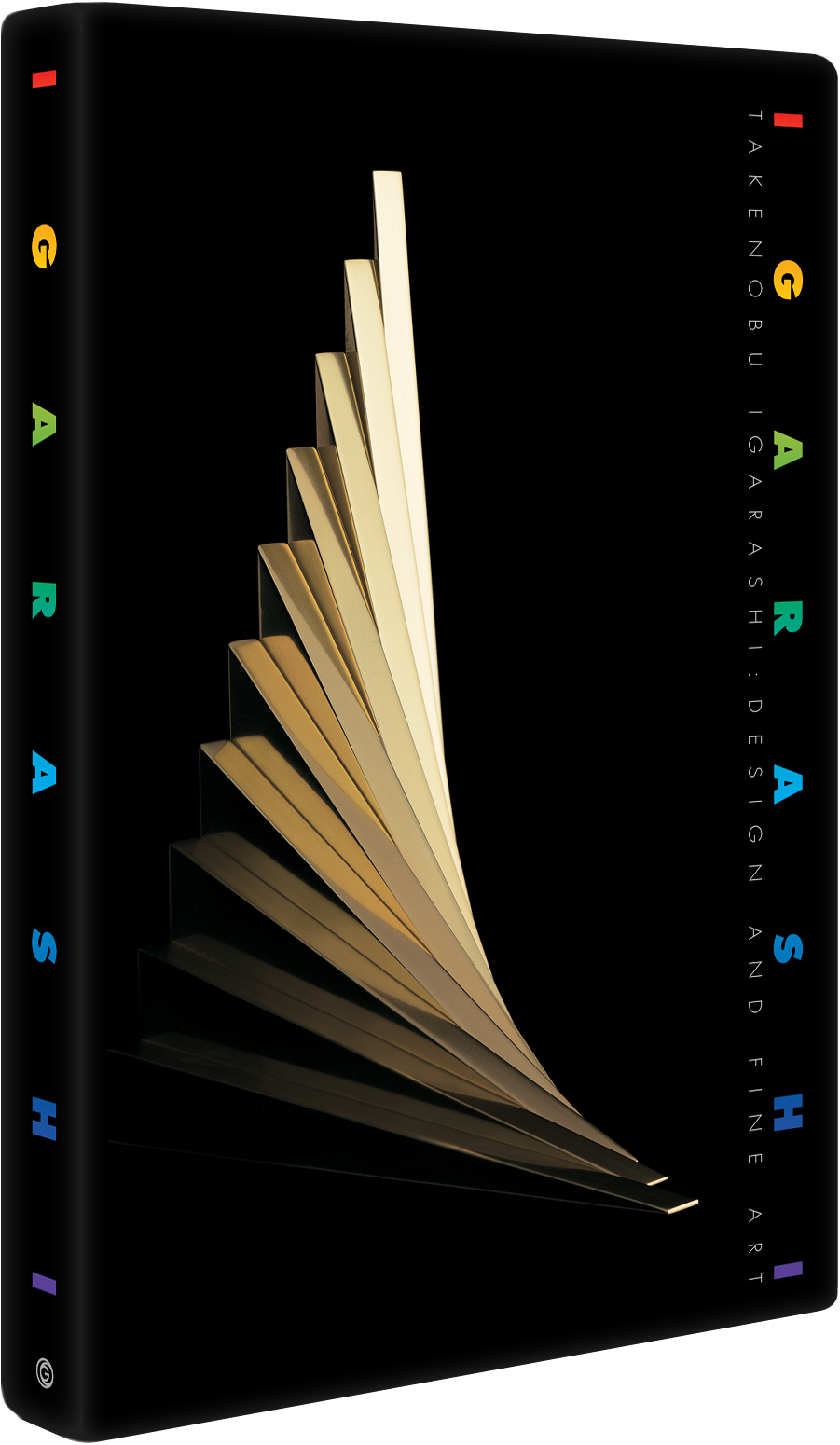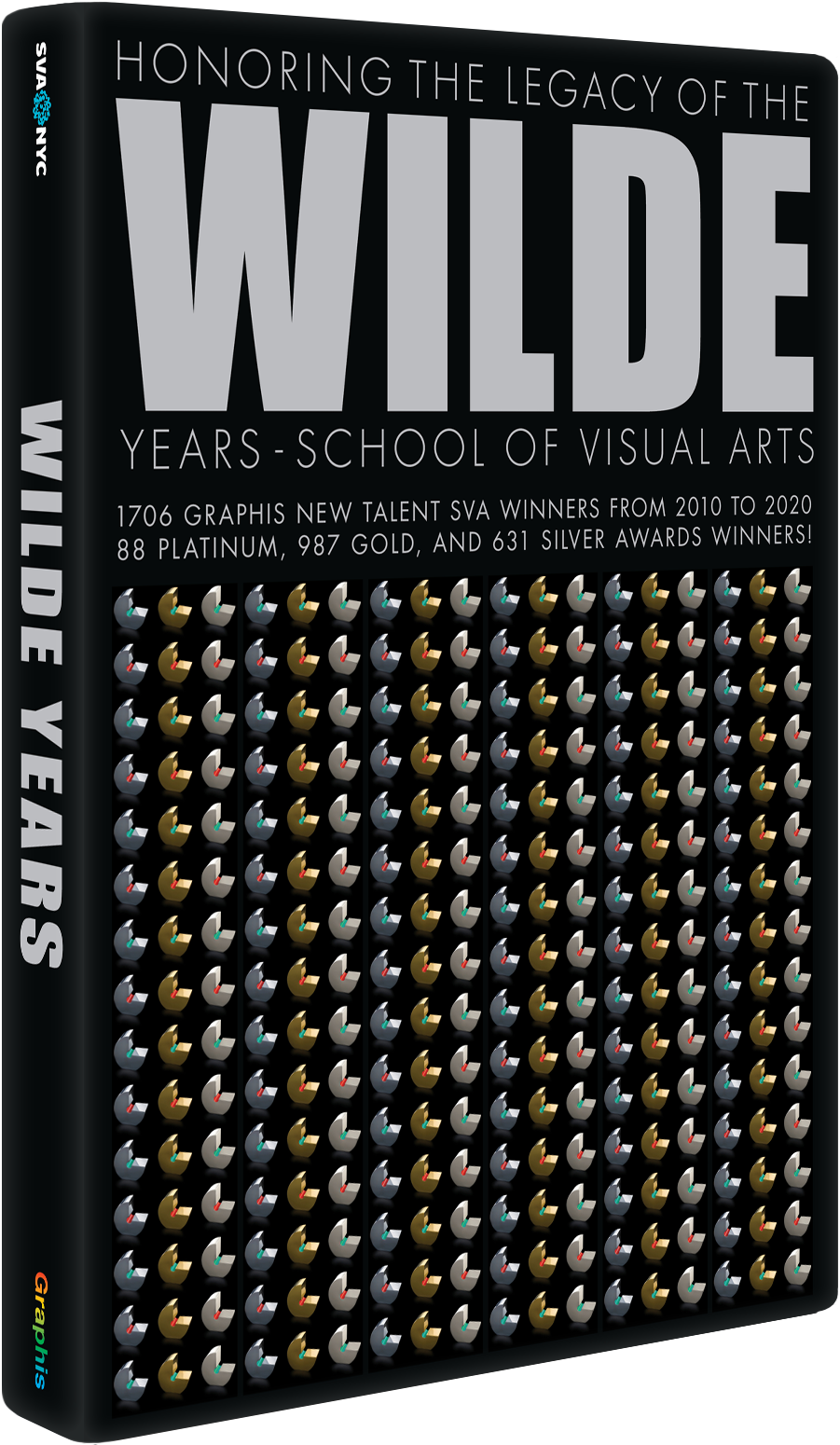The Cherry Orchard
Competition:Poster Annual 2017
Award:Merit
Design Firm:The Whole Package
Client:University of California, Berkeley — Department of Theater, Dance and Performance Studies
DesignerLeila Singleton
Marketing ManagerMelissa Schultz
IllustratorLeila Singleton
Country:United States





